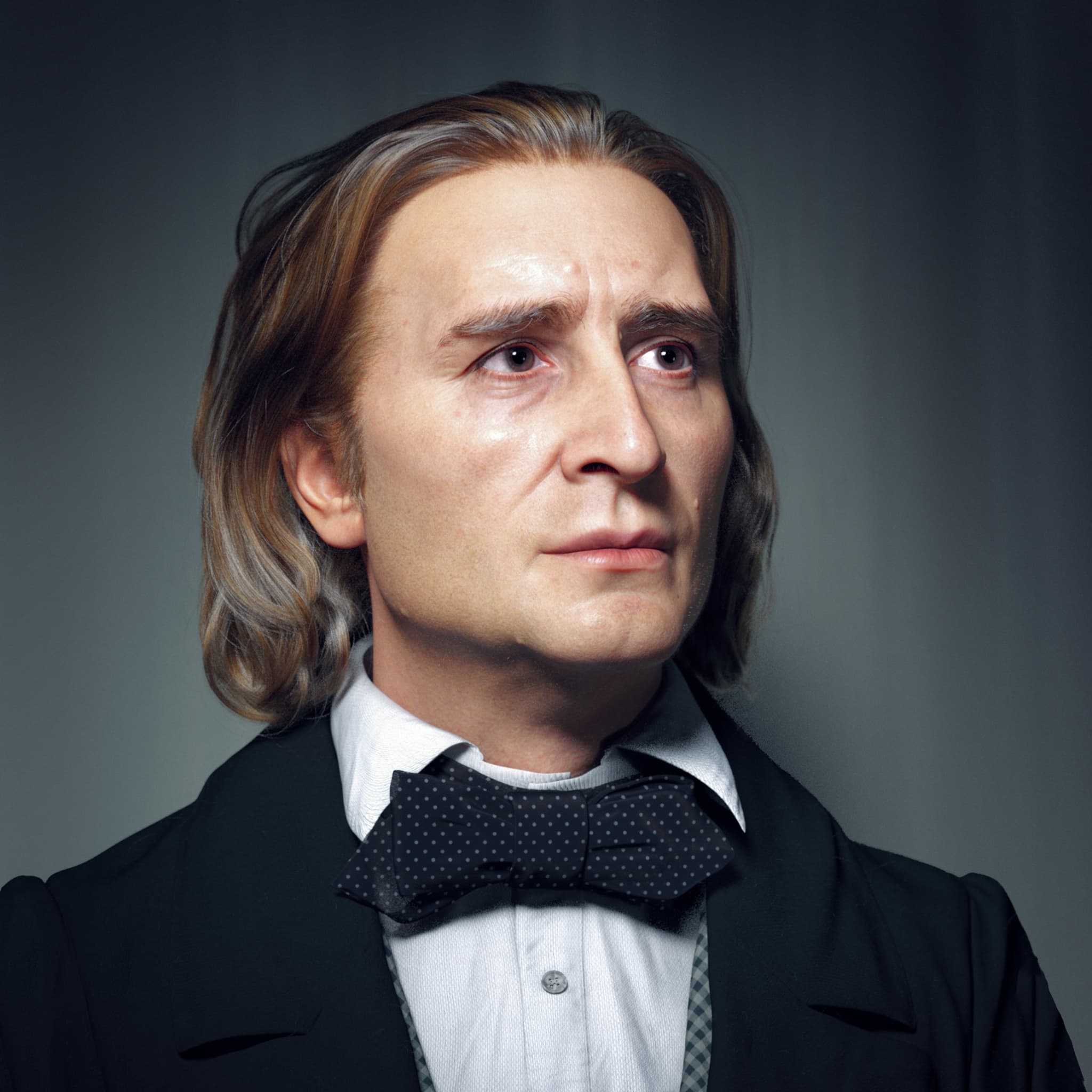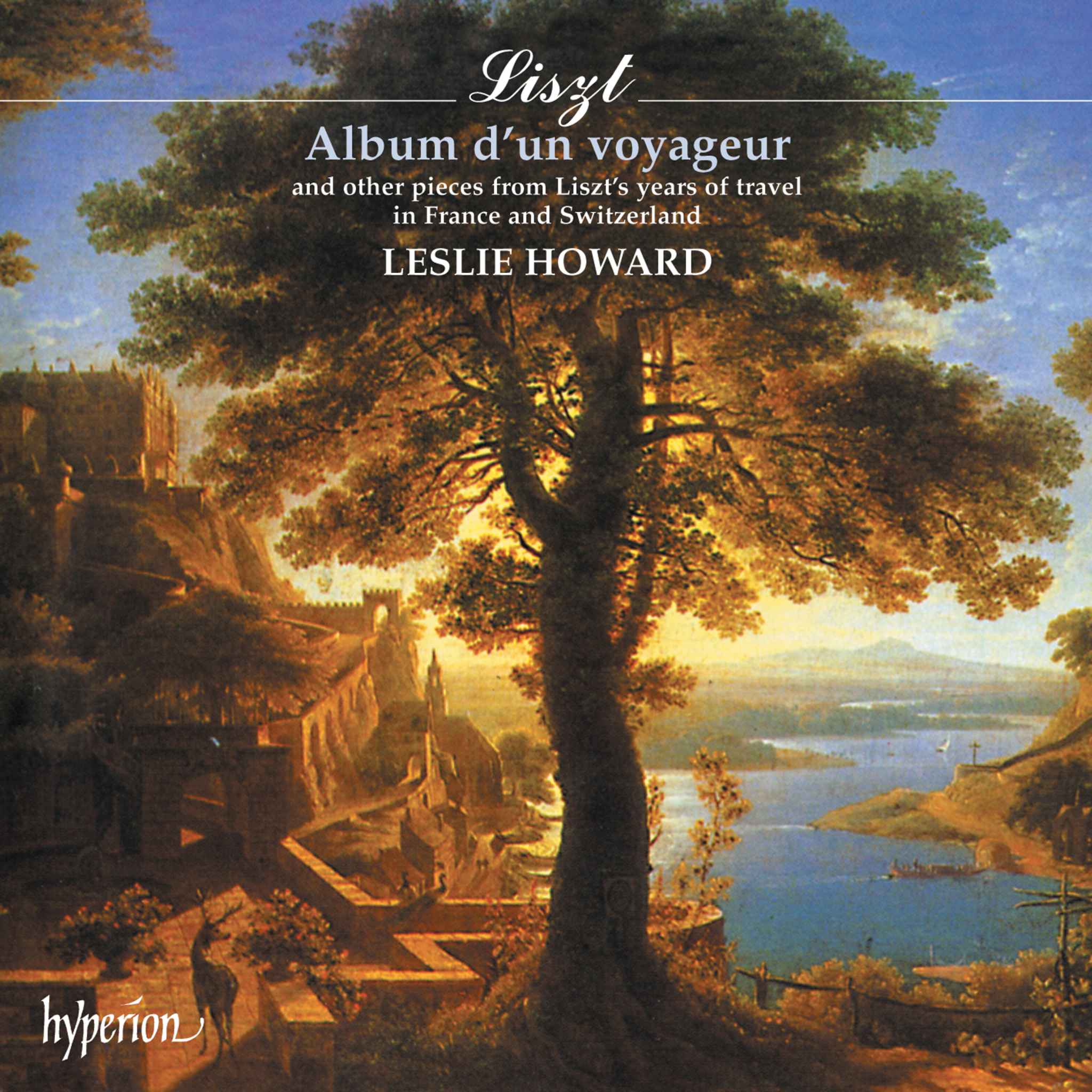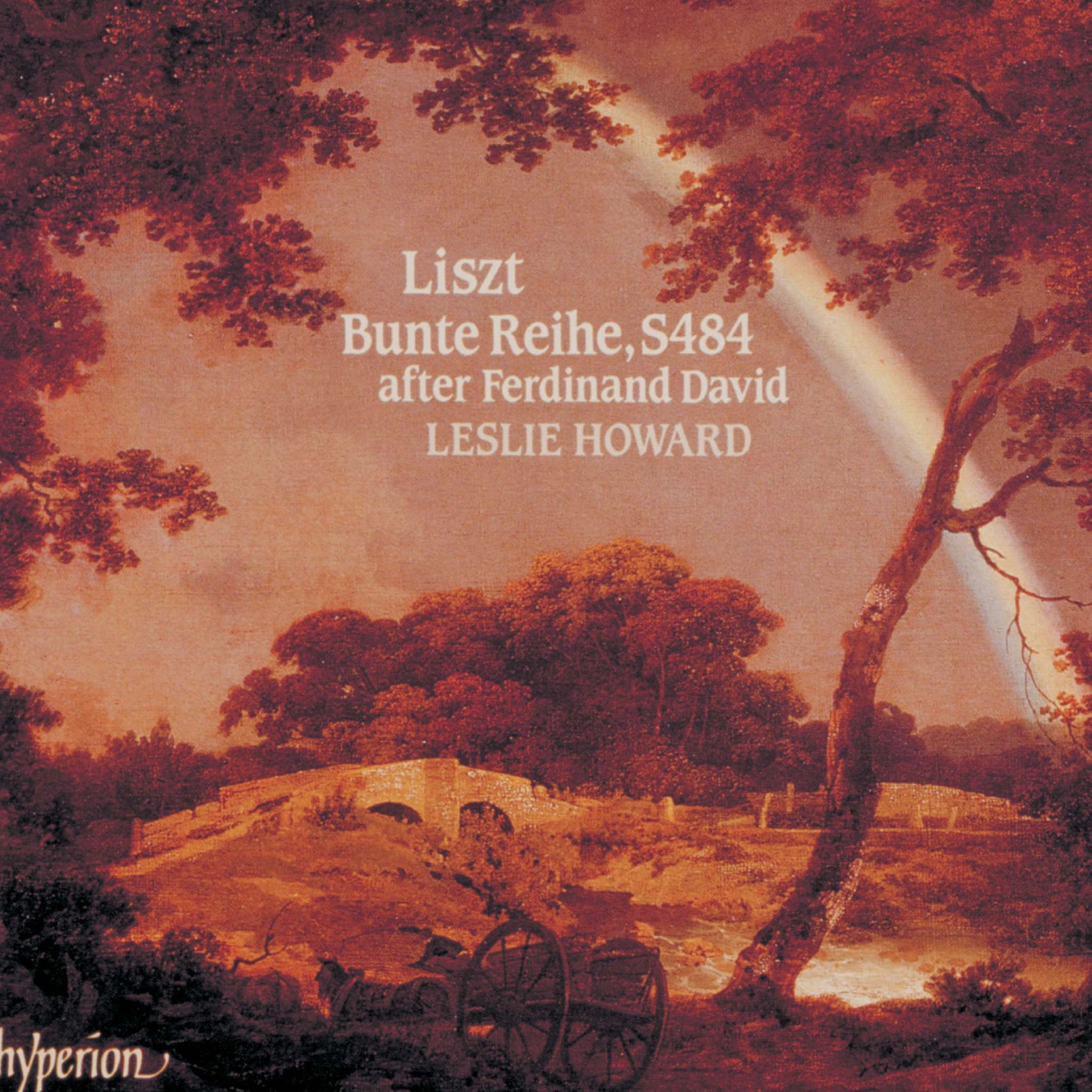Album insights
In late 18th-century Vienna, there was a high demand for what is now known as the "piano trio," which was originally called a "sonata for harpsichord or fortepiano with the accompaniment of a violin and a cello." Compositions in this ensemble were created for home music-making, performed by keyboard enthusiasts and their friends. Composers such as Clementi, Kozeluch, Pleyel, Hoffmeister, and especially Joseph Haydn catered to this genre. Haydn's piano trios typically featured the violin and cello in more supportive roles, with the piano taking the lead. In Mozart's hands, however, the piano trio evolved notably. His trios were designed to be performed in concerts in Vienna, showcasing his extraordinary piano skills. Mozart redefined the relationship between piano and strings, allowing the violin and cello to lead independent musical lives.
Mozart penned the Piano Trio in B-flat Major, K. 502 in 1786 during a peak period of his career. This came after completing the six quartets dedicated to Haydn and the success of "The Marriage of Figaro." Living in Vienna for five years, Mozart influenced the perception of the piano as a concert and chamber music instrument. In 1786, he composed several significant works, including the "Kegelstatt" Trio, clarinet trios, and the mature violin, cello, and piano trios, diverging from conventional accompanied sonatas. Despite the emerging independence of the strings, the B-flat Trio showcased an extravagant character in its piano parts, resembling a concerto-like structure. Each movement—Allegro, Larghetto, and Rondo—revealed Mozart's mastery through innovative themes and virtuosic piano passages, blending classical elegance with his signature style.
In May 1788, Mozart's opera "Don Giovanni" premiered at the Vienna Court Theater after successful shows in Prague. During a gathering where the opera was discussed, Haydn, among others, expressed his admiration for Mozart's compositional prowess, praising him as one of the greatest living composers. Despite such accolades, by 1788, Mozart faced personal and financial challenges, compounded by the effects of wars and economic instability in Austria. Despite his hardships, visitors to the Mozart household often encountered a joyous and musical atmosphere. Mozart's creativity remained undiminished, evident in works like his last symphonies and the Piano Trio in E Major, K. 542, characterized by innovative harmonic progressions and structural surprises.
Mozart's final piano trio in G Major, K. 564, composed in October 1788, exemplified the prevailing taste for harpsichord-like compositions, as it was initially published in England and then in Vienna without reflecting the evolving piano-centric style. This trio, simpler and shorter than his earlier works of the same year, embraced a more domestic quality suited for general household music-making. While some critics found it lacking in complexity, Mozart's refined simplicity required precision in performance to capture the elegant and lyrical essence. Each movement—Allegro, Andante, and Finale—featured subtle thematic variations and harmonic surprises, illustrating Mozart's ability to subvert expectations effectively even in seemingly uncomplicated pieces.
The G Major Trio's first movement seamlessly blended themes, while the Andante showcased graceful variations with underlying hints of melancholy. The finale opened with a delicate melody, evolving through mood shifts and rhythmic interplays, culminating in a colorful exchange of musical dialogue among the instruments. Mozart expertly combined simplicity with nuanced musical expressions, crafting a work where deeper emotions resonated beneath its serene surface.






